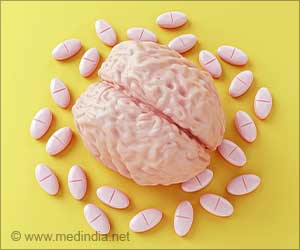The pathway of daydreaming or imagination is exactly opposite to reality in our brains, reveal a new study.

During imagination, the researchers found an increase in the flow of information from the parietal lobe of the brain to the occipital lobe-from a higher-order region that combines inputs from several of the senses out to a lower-order region.
In contrast, visual information taken in by the eyes tends to flow from the occipital lobe-which makes up much of the brain's visual cortex-"up" to the parietal lobe.
The scientists believe their work could lead to the development of new tools to help them untangle what happens in the brain during sleep and dreaming and understanding how the brain uses networks to encode short-term memory.
The study was published in the journal NeuroImage.
Source-ANI













